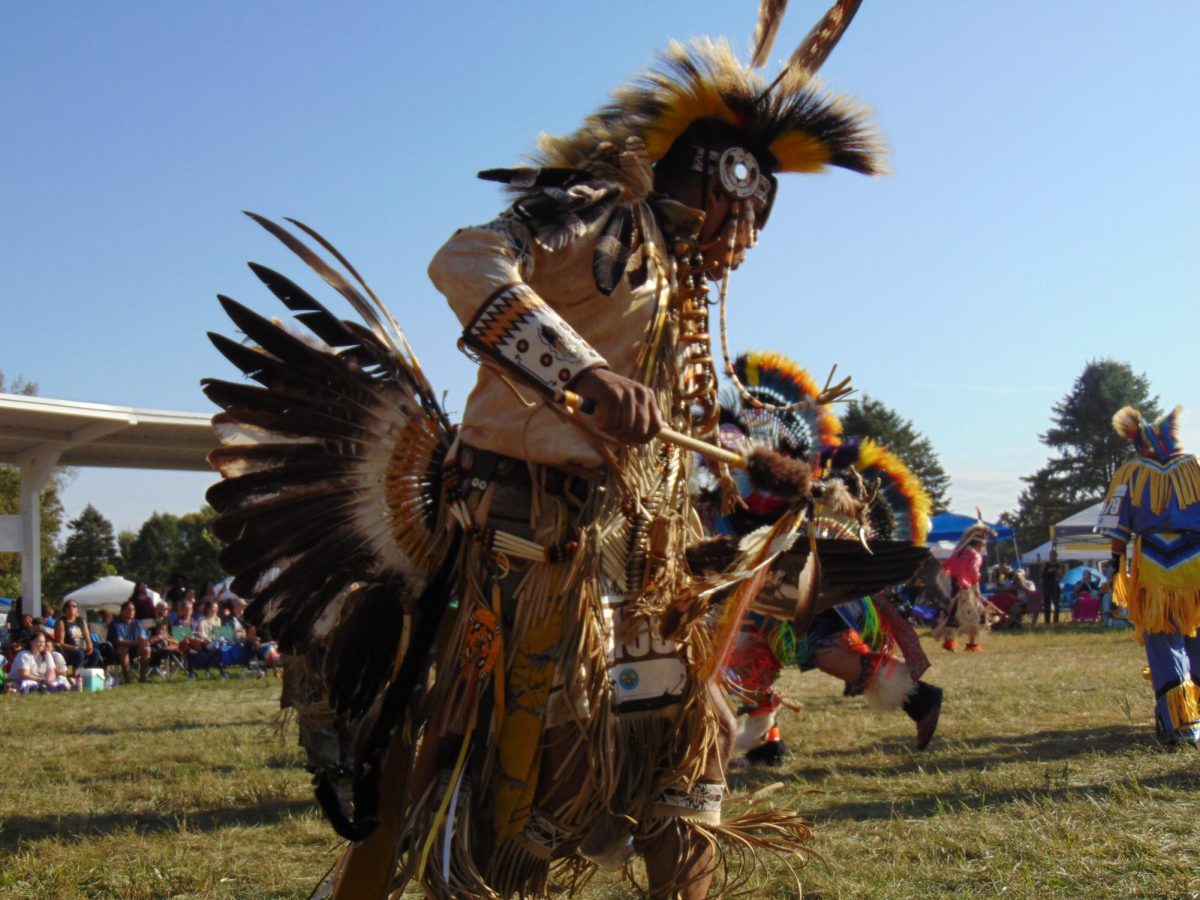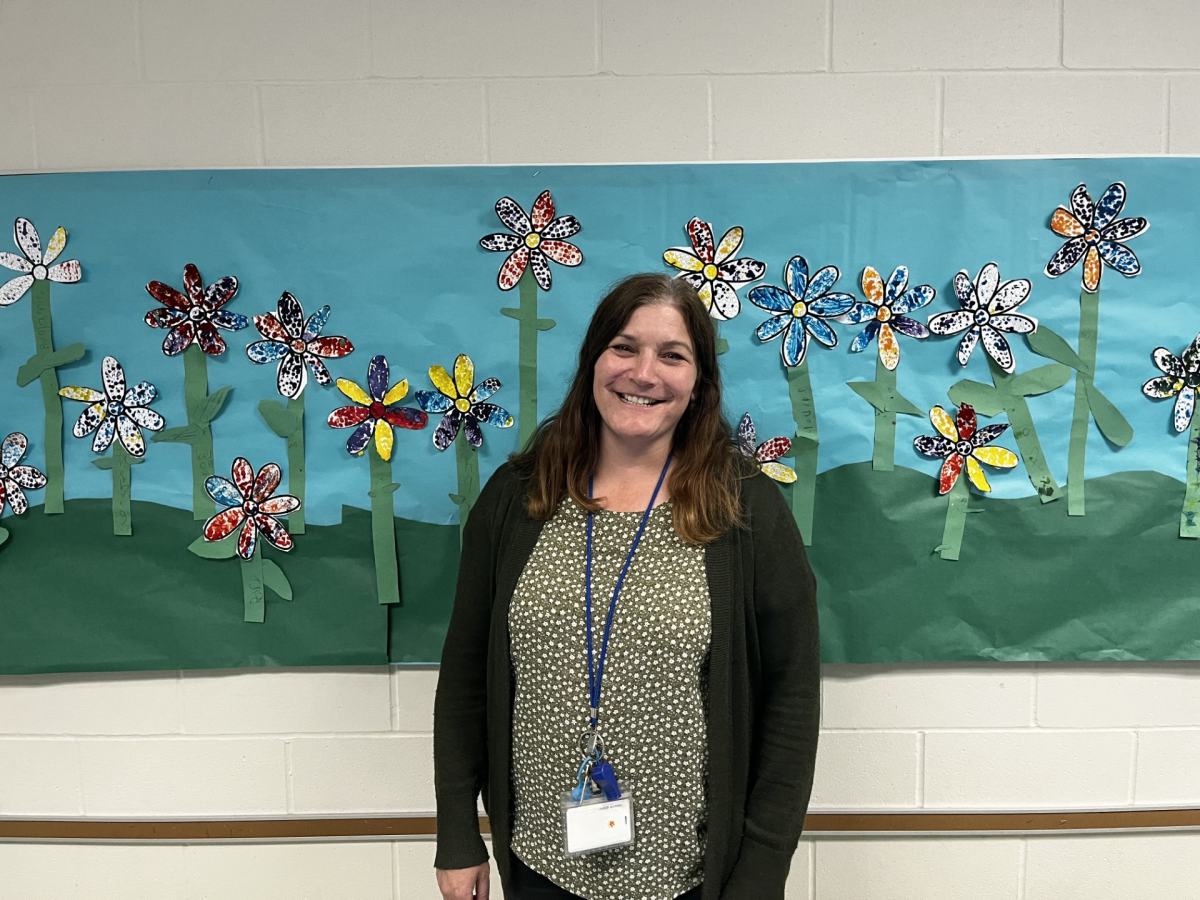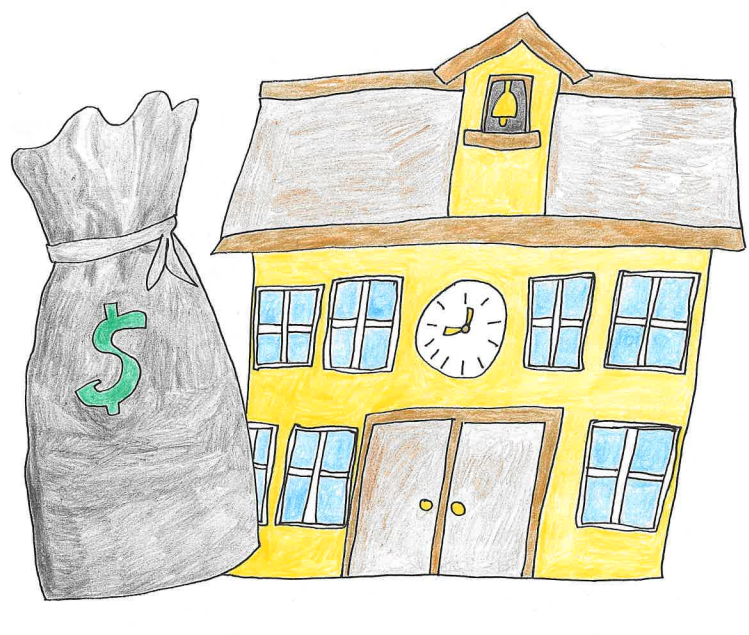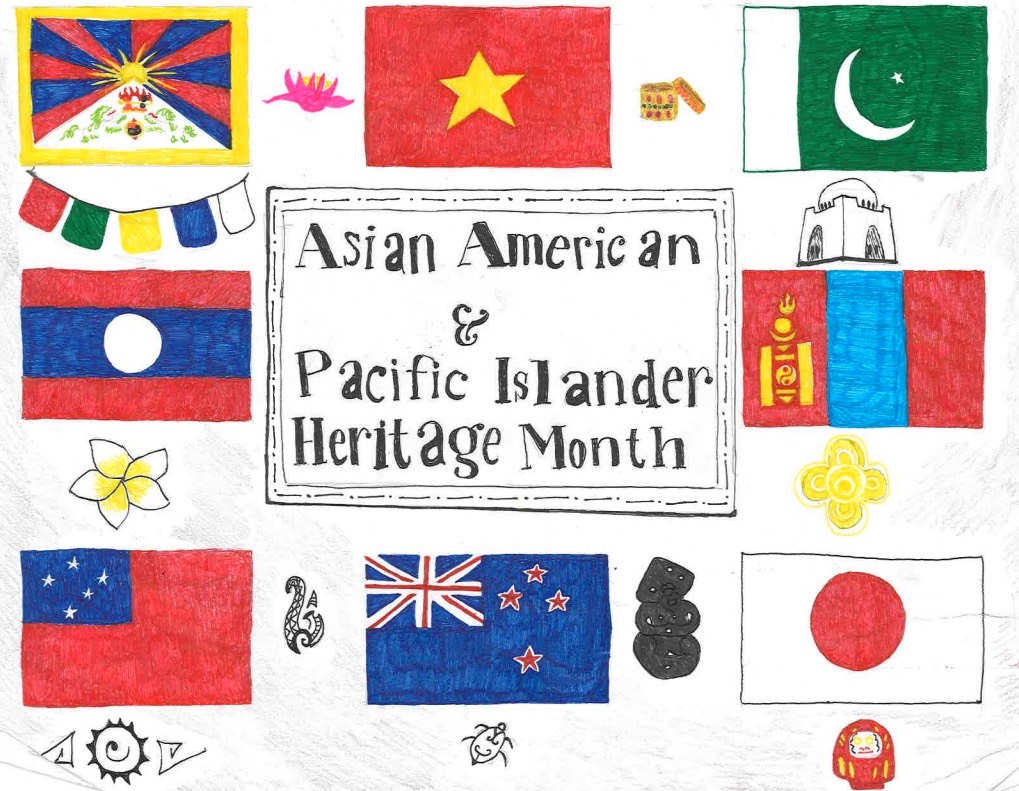“Boozhoo!” This, the Ojibwe word for “hello,” is what one might be greeted with when attending a powwow such as the one that took place in Mahkato (also known as Mankato), Minnesota this September. Featuring multiple drum circles filled with beautiful regalia and jingle skirts, shawls flowing in the wind and chicken dancers circling the girls, this was a joyous and celebratory event for the Native American community.
“Even though the dances, drumming, and other components of a powwow are ancient and traditional, the powwow as we know it today is more of a modern expression of indigenous culture,” American Indian Studies teacher Ms. Kristen Sinicariello said. “That’s why you will see dances from many different indigenous traditions at a powwow – it’s a mix of many different traditions and cultures from across Turtle Island (North America). A powwow is very significant because it is a space for people – native and non-native – to gather, celebrate, drum, dance, and just be in community together.”
The 52nd annual powwow at Dakota Wokisuye Makoce (Land of Memories Park was both an important get-together and one that was widely accessible to all. Costing only seven dollars for the entire weekend, the event was almost canceled because some days prior a tragic incident happened. During a horrible storm, winds blew a tree on top of one of the young dancers. While they were sadly killed by the occurrence, her family said she would be devastated if the powwow was canceled, so the organizers continued it. Elders and loved ones also set out a ceremonial spirit plate in remembrance for her.
During the powwow, there were plenty of other bright spots, including two giveaways of items on Saturday for the community. One was in remembrance of the girl from an anonymous donor and the other was from a retiring junior Princess, which is a title designated to youth leaders selected by tribal elders. It was thoughtful for a time of remembrance for a young girl who lost her life that honored her memory and helped console her family while also celebrating another girl who wanted to give back to her community, thanking them for choosing her as a Princess.
“I have been to numerous powwows and they are fun and vibrant. Powwows are a great place for communities to gather. There are a lot of parts to a powwow – the grand entrance, a drum group, lots of giveaways, and of course the various dances that are also sometimes competitions. There is also usually food and vendors and it’s always a good time!” Sinicariello
There were also a lot of vendors ranging from regalia pieces to ornate jewelry, animal pelts and feathers to blankets and jackets. Everything was reasonably priced, especially considering its handmade authenticity. Other sellers sold sage and sweet grass, plus other traditional medicines.
For the uninitiated, to use sage you have to light it and cleanse yourself. You can also use it to cleanse items or even people burdened with bad spirits or juju. Sweetgrass is used in the same way, except instead of clearing bad energy, it is used to bring positive energy. Many Native Americans believe putting sweet grass and pine above doors helps keep that space safe from bad intentions.
There were many drum circles throughout the weekend and during a portion of the event known as “intertribal,” where drummers from each tribe represented at the powwow would take turns playing. Intertribal is when people from any race or background (as sometimes you have to be invited in, depending on the powwow and its organizers) can dance two-step or side-step—or even chicken dance among the dancers.
“Intertribal is a time at powwow for anyone who feels the drum call to them, to come out to the circle and dance,” Columbia Heights Public Schools Native American Education Mentor Yolanda Dorr-Slowey said. “You don’t need to be in regalia or be Native American to dance when intertribal is called. All we ask is that you be respectful to fellow dancers.”
All you have to do is step and let the drums carry you. After intertribal, the dances can range from traditional jingle dress to tiny tots (little kids) and chicken dance. Men’s chicken dance is men walking around moving their bodies like chickens in feathers and extravagant clothes. Women’s traditional jingle dress is a traditional two-step with some extra moves depending on what you want to do, you can add a couple of steps here and there. You just move around, and if you’re adorned with bells, the movement will make your skirt jingle.
“My personal favorite style of dance is the men’s fancy style, but as they didn’t have any of those dancers at Mankato, I would say that the women’s jingle dress style was my favorite from that weekend,” Dorr-Slowey said. “Women’s Jingle Dress dances come from the Ojibwe people and is a healing dance. I think the people needed that healing that weekend due to events that happened on that land.”
Royalty winners from past years normally pick the newly honored youth leaders, and this follows suit at this year’s Mahkato Powwow. At the end of the last day, all the selected winners competed for the grand championship.
“I like being able to see all the different kind of regalia because they are all so unique, [especially] the grand champion,” Adriana Booth (10) said. “I love seeing them dance their hardest to win, and even if they don’t, they don’t let anyone see if they’re discouraged. I also like seeing people throw money toward their favorite dancer!”
Powwows and social dances are very important to Native American people for a number of reasons. It’s a time to connect with ancestors and the community. Especially on such important land to Native people. Some say their ancestors carry them when they dance.
“Miigwech gii-bizhaayen,” or “thank you” to all involved who made the event a resounding success.










